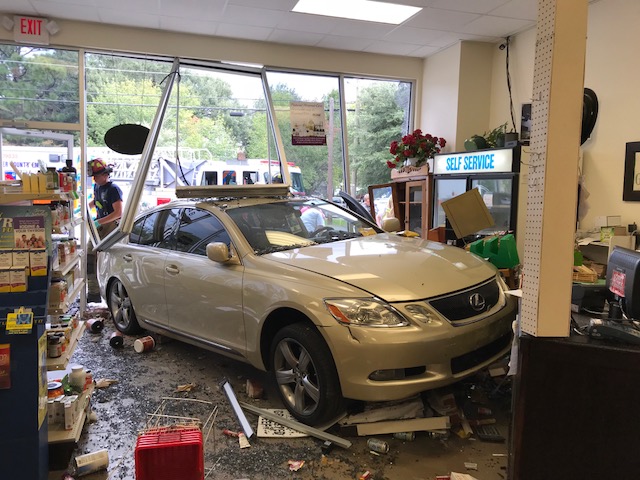Just about everything has increased in price over the last few years, and at first glance, it would make sense for insurance premiums to keep pace with the rest of the market. This is true as a general rule, but the price variations aren’t captured by a single inflation number.
Depending on which inflation number you look at (and there are many to look at), the cumulative effect of inflation is somewhere between 35-40% since 2020. In theory, that means the cost of claims has increased by that amount. However, those averages are much too broad, and most insurance companies don’t simply index premiums to actual inflation data.
There are at least 2 reasons why you might see insurance premiums that don’t match the actual inflation numbers.
Inflation Timing
Milk, eggs, car parts, clothes… all of these items can reflect pricing changes on a daily basis. Car and home prices may not change daily, but they can change weekly or monthly with the market. Insurance rates typically change once per year. Insurers have to “file” new rates with the state and the state has to approve the changes. The state insurance departments are responsible for making sure that the rates are not discriminatory and that the increases or decreases are justifiable. Insurers are not allowed to be too risky (i.e. lower rates so fast they won’t have money to pay claims), nor are they allowed to overreact (raise rates more quickly than necessary based on their projected claims obligations). This process of rate determination, file, and approval can take weeks or months, which is why it is typically limited to annual filings for most policy types.
Variable Inflation
Variable inflation. Not every product or sector has the same rate of inflation, and not every company insures the same mix of property or risk types. A company who insures mostly renters or condo owners will be more impacted by clothing and household item prices than a company who mostly insures cars or homes or commercial properties. Bodily injury liability and workers comp claims are commonly driven by medical cost and wage rates, which are also different than the average inflation numbers. While average inflation has been 35-40% since 2020, car prices have increased by 30%, according to a report in the NY Times. During the same period, home prices in NC have risen by an average of over 50% according to this article posted by WCNC: NC and SC in the top 5 for housing price increases. Insurers will continue to pay higher dollar amounts on every claim, and that will inevitably have a direct impact on premiums.
Since 2020, insurance carriers have been underwater to the tune of 25-40%. That means for every dollar in premium they bring in, they’re paying out $1.25-$1.40 in claims. This level of loss is not sustainable for any industry or company, and many companies are making big moves to right their proverbial ship. They’re closing territories; restricting eligibility guidelines so tight its nearly impossible to place business with them; closing/selling/offloading certain lines of business (Safeco Agrees to Take Personal Lines Renewals from Main Street America); or completely pulling out of states altogether to get back in the black. Combined, all these changes lead to less competition in the marketplace which also leads to higher premiums.
Each carrier develops their own strategy… take some increase now and some later, take the whole increase now, or take bigger increases on specific policies (claims, bad credit, monoline policies, states, territories, etc.). ALL of them have to collect more premium to stay viable financially. It’s just a matter of how they do it.
As an Independent Agency, we’re uniquely positioned to help guide you through this changing market. Even though carriers are making big moves, our access to dozens and dozens of companies gives us the best chance to not only find you great coverage, but find it at a competitive price! Click the button below to get a quote today!








